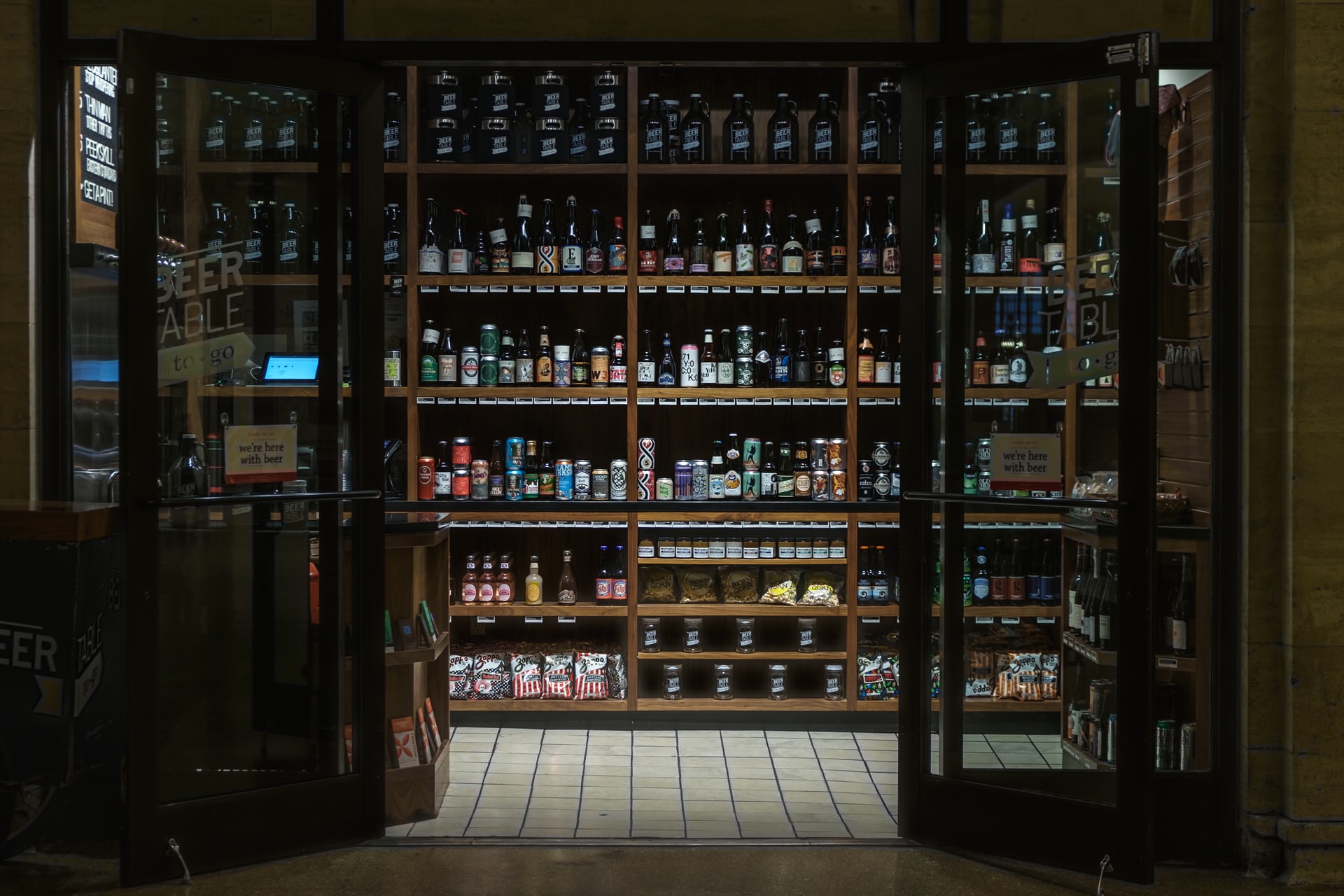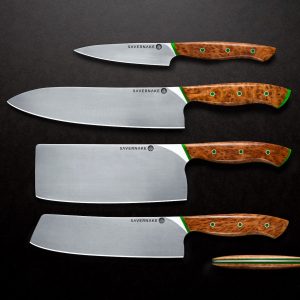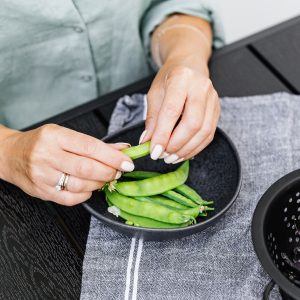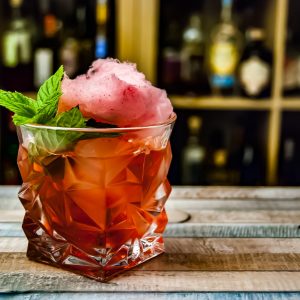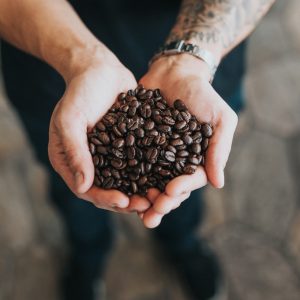Karen enjoys wine, drinks, and good food. She has a California Wine Appellation Specialist certificate from the San Francisco Wine School, as well as a Bar Smarts mixology certificate, and she bartends for charity events.
Graduate of BarSmarts and Mixologist
You can be ready to entertain at a moment’s notice if you keep the liquor cabinet well-stocked with the correct goods. The key is to equip the bar with items that will produce wonderful cocktails without breaking the pocketbook. What does a well-stocked liquor cabinet require? A useful checklist might assist you in being more organized and well-stocked.
Distilled Spirits That Can’t Be Missed
The liquor cabinet would not be complete without distilled spirits, for some stunning drinks cabinets see here. They can be used as a base for a variety of cocktails. After being opened, distilled spirits decay slowly; in general, they endure around two years after being opened.
Rum that is white in color
Mojitos and daiquiris, as well as classic drinks like the Cuba Libre, all contain rum. It’s also fantastic for mixing into frozen drink mixes from the grocery store.
Budget: Bacardi Superior white rum is widely accessible in most liquor stores, and a 750 mL bottle usually costs less than $10. It has an excellent rum flavor that is clean and balanced.
El Dorado 3-Year White Rum is a middle-of-the-road option, costing anywhere from $10 to $25 for a 750 mL bottle; search for it on sale. It’s a fantastic rum for blending because it has a neutral flavor.
Rogue White Rum from Oregon is on the top shelf and costs roughly $40 per bottle. It’s a superb rum with a robust body and a subtle sweetness.
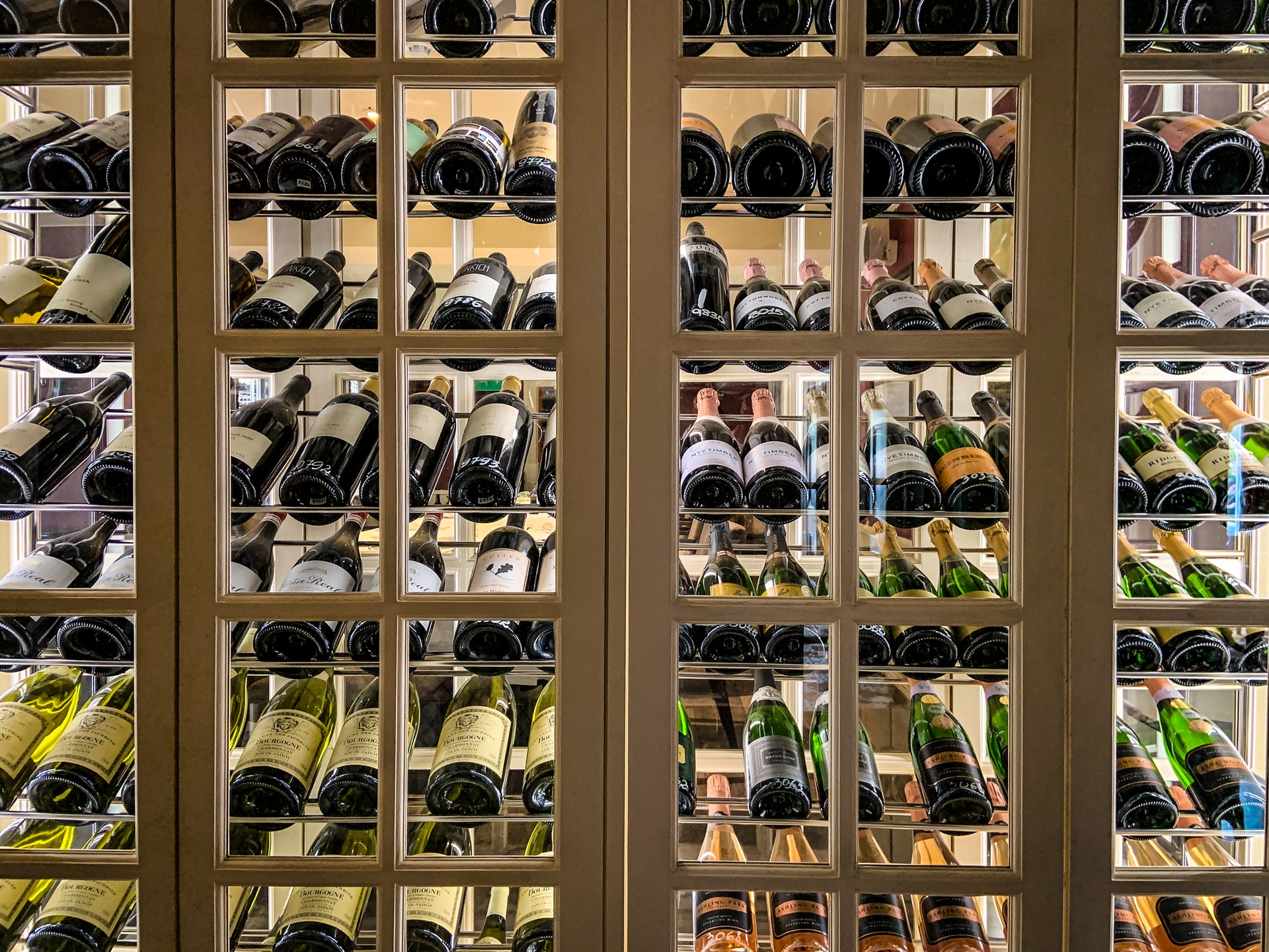 Tequila
Tequila
Tequila is required to make a margarita. It’s also perfect for sunrises and palomas, as well as straight-up tequila shots.
Sauza Signature Blue Tequila is a clean and flavorful tequila that’s great for mixed drinks and costs around $15.
Sauza Hornitos Plata (middle shelf) combines wonderfully with great tastes. It’s a mellow, 100 percent agave tequila that costs around $25 per bottle.
Milagro Tequila Silver Select Barrel is a crisp, mildly peppery tequila that’s great for sipping, shots, or mixed drinks. It’ll set you back roughly $60 each bottle.
Vodka
Because a good vodka is odorless and flavorless, it is the preferred hard liquor. From screwdrivers to cosmopolitans, it’s the main ingredient in a wide variety of mixed cocktails. If you’re going to spend money on a drink, spend it here.
Tito’s Handmade Vodka is a clean vodka with a wonderful neutral flavor for blending in mixed drinks, and it costs roughly $18 for a 750 mL bottle.
Belvedere (middle shelf) Vodka is a clean, tasty Polish vodka suitable for blending or sipping that comes in a sleek looking bottle. A 750 mL bottle will set you back roughly $30.
Jean Marc XO (top shelf) Vodka is made by a distiller in France who knows what he’s doing. At roughly $60 per bottle, it offers fragrant undertones that make it a winner. It can be sipped or mixed.
Whiskey
For mixed drinks, you’ll want a reasonably neutral, clean whiskey, or whiskey connoisseurs can enjoy the numerous types of sipping whiskey, such as Scotch and bourbon. This is required for Manhattans, sours, and old-fashioned cocktails.
Rittenhouse Rye Whiskey, which costs roughly $25 per 750 mL bottle and is fine on its own or blended into mixed cocktails, is a recommended whiskey for mixed beverages.
Buffalo Trace Straight Bourbon is a great bourbon for mixed drinks since it’s nice neat or on the rocks, and it’s also great in cocktails. A 750 mL bottle should cost roughly $25.
Monkey Shoulder Scotch is a blended Speyside Scotch that’s competitively priced at around $30 per bottle, making it a good choice for mixed drinks. Brown sugar and spice undertones are to be expected.
Gin
Gin is just vodka that has had aromatics added to it during the distilling process. If your guests desire martinis, you’ll need gin. It’s also required for the popular and simple to prepare gin and tonic.
Seagram’s Extra-Dry Gin is a classic, low-cost gin that can be found at most liquor stores. It’s $13 and has a dry, mellow, and fragrant profile.
Middle shelf: Beefeater 24 spices up this smooth and aromatic gin with some unusual botanicals including green tea. A 750 mL bottle costs roughly $35.
Drumshanbo Gunpowder Irish Gin is a fragrant and spicy gin with an intriguing flavor profile that makes it perfect for martinis. It’ll set you back roughly $40 each bottle.
Armagnac or Cognac?
Keep some Cognac or Armagnac in your bar if you prefer to make stronger drinks. The sidecar is where it shines. Hennessey or Courvoisier are good choices. After opening, these liqueurs will last for around six months.
Liqueurs and Alcoholic Mixers
Along with your straight spirits, you’ll want to stock your bar with some basic liqueurs and other alcoholic mixers so you can prepare a wider choice of beverages.
Vermouth
Vermouth is a fortified and aromatized wine that’s essential in classic drinks like the negroni and the vodka martini. If you don’t plan on serving a lot of martinis in a short period of time, go for a smaller half-bottle, as the aromatics in a bottle of vermouth fade fast once it’s opened. An open bottle has a three-month shelf life. You’ll almost certainly need both a dry and an off-dry or sweet vermouth.
Liqueur de Orange
Cocktails like margaritas call for orange liqueurs like triple sec, curaçao, Grand Marnier, and Cointreau. It will last for 2 to 3 years after opening, so buying the whole bottle is fine.
Amaretto
Amaretto is a bittersweet almond liqueur that can be found in a variety of beverages, including the amaretto sour. It will last around six months once opened, so if you don’t plan to use a lot of it, get a smaller bottle.
Campari/Aperol
Campari and Aperol are beautiful orange-red liqueurs with fruit and bitter herbal infusions. They’re used in a variety of cocktails (typically interchangeably, though there are minor flavor differences—Aperol is milder and less bitter), as well as drunk as an apéritif, such as the negroni. It lasts for a year or two after being opened. You may want to buy a smaller bottle depending on how much you anticipate to use.
Cocktail Mixers that aren’t alcoholic
While many guests may be content to drink liquor straight or on the rocks, having mixers on hand will make you a more popular host.
Grenadine
Grenadine is a red bar syrup with a sweet-tart flavor that is used in drinks like the Hurricane. It can be kept in the fridge for up to six months once opened.
Bitters
Cocktail bitters are used in a variety of beverages to balance out the flavors of other ingredients, such as in a Sazerac. Bitters come in a variety of forms, from ordinary Angostura and Peychaud’s bitters (make sure you have both) to flavored bitters like orange, chocolate, or cardamom, and with the growth in artisan cocktails, you’ll find bitters in all kinds of flavors. Bitters may last up to five years in the refrigerator and are a terrific way to add new flavors to your cocktails. It’s true that a little goes a long way.
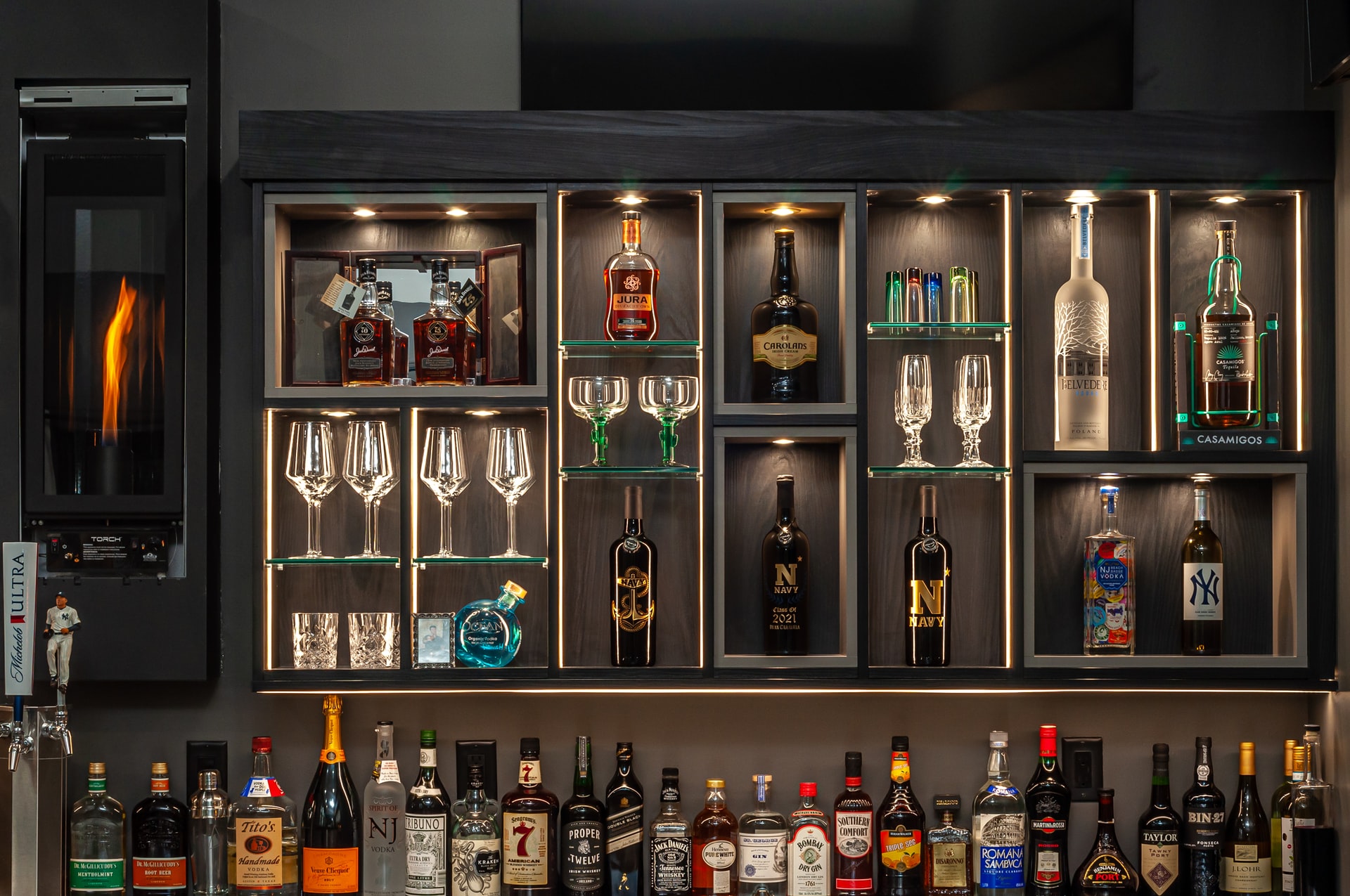 Tonic Water is a type of water that is used to
Tonic Water is a type of water that is used to
Tonic water has a pleasant, bitter flavor from quinine and lasts a long time before being opened. It’ll come in handy for classic drinks like gin and tonic. You’ll need to consume it within 2 to 4 days of opening it.
Syrup (simple)
Simple syrup, a mixture of sugar and water that mixes readily into drinks, can be made or purchased. It’s used in a variety of mixed cocktails to add sweetness. It will last up to six months in the refrigerator.
Cubes of sugar
Sugar cubes are required if you want an old-fashioned. Fortunately, they’re easy to come by and keep for months.
Soda Club
Carbonated club soda is also an important ingredient in a number of beverages, such as a Tom Collins or a vodka-soda cocktail. It’s affordable, and the bubbles disappear after a few days.
Soda
You might also want to keep a variety of flavored sodas on hand. Cola and lemon-lime sodas, as well as ginger ale, are popular mixers. Instead of bourbon, try ginger beer for a classic mule.
Mixers
If you choose, you can keep a variety of mixers on hand, such as collins mix, margarita mix, sour mix, and Bloody Mary mix, or you can make your own mixers using fresh fruits and juices when cocktail time comes around. Purchase these after you’ve prepared your drink menu for a party because they don’t last long (particularly fresh juices).
Garnishes You Must Have
You should also keep some garnishes on hand, though if your bar doesn’t have a refrigerator, it’s best to keep them in the kitchen rather than in the bar. In general, perishable garnishes should be picked up the day of the party. Others can be kept on the shelf, but once opened, they must be used soon or discarded when they expire.
Garnishes that last a long time
In cans, bottles, and jars, essential garnishes include:
- olives (green)
- Olives filled with bleu cheese
- Bourbon cherries or maraschino cherries
- For rimming glasses, combine sugar and salt.
- onions for a cocktail
- Garnishes made from fresh ingredients
The following are some examples of fresh garnishes:
- slices or twists of lemon
- slices or twists of lime
- Twists or wedges of orange
- stalks of celery
- Fruit that is still in season
- sprigs of mint
Barware that is required
You don’t need to spend a fortune on barware. A few fundamental elements that are just utilized for mixing drinks should suffice:
Always use a jigger to measure your pours so that you have the correct amount of alcohol in your cocktails.
Cocktail shaker – For any drinks served in shot or martini glasses, you’ll need this. It allows you to mix with ice without the ice ending up in your drink.
You can buy a mixing glass separately or use your cocktail shaker as a substitute.
Put a strainer on top of the shaker to make it easier to pour your beverages.
Muddler – Muddle herbs to flavor beverages like mojitos with this muddler.
Stir your drinks with a bar spoon.
Stir sticks – Place them in the drinks of your guests so that they can re-mix them if they separate.
If you’re pouring wine, you’ll need a wine corkscrew.
Glasses – You’ll need highball or collins glasses, rocks glasses, martini glasses, shot glasses, and wine glasses at the very least. Additional glasses can be added as needed, or the ever-popular red Solo cup can be used.
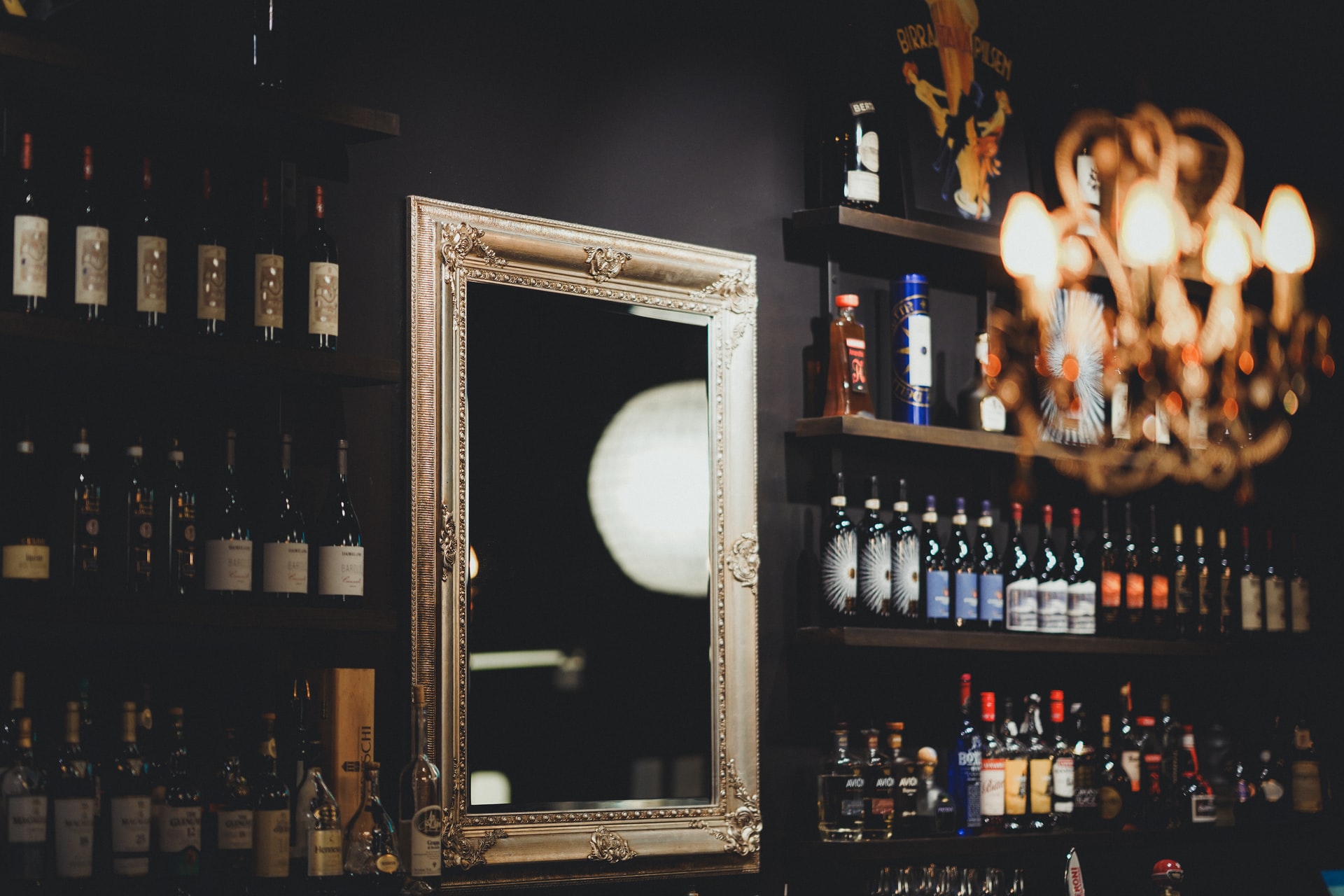 The Best Ways to Stock Your Home Bar
The Best Ways to Stock Your Home Bar
You don’t have to purchase everything at once; most individuals build up their bar over time.
Unopened spirits should be kept in a cool, dry place.
Once your spirits and mixers have been opened, write a date on them so you know when they were opened and can discard them when they’ve reached their peak.
Keep things basic; for a gathering, stick to one or two cocktails and stock up on those. Nobody expects you to have the same level of capability as a full-fledged commercial bar.
Consider having a signature cocktail at your next gathering. Then you can concentrate on that, and if your friends want to prepare additional drinks, ask that they bring their own ingredients to make and share.
Fresh citrus is your best friend at a party. Fresh citrus juices can be squeezed rapidly to prepare a variety of fascinating cocktails.
Don’t forget about the ice. Grab a bag or two of ice from the grocery store just before the party if you’re serving a lot of chilled and shaken drinks.
When making your alcohol purchases, you may wish to add red and white wine. People who don’t like harsh liquor or mixed drinks will enjoy this.
Ask guests to bring the ingredients for their favorite drinks to your next party if you need help stocking your bar or if you’re still undecided what to buy. Most people enjoy sharing their knowledge, and you’ll have a good understanding of what your friends enjoy drinking so you can be more prepared next time.
Keep some of your favorite sipping liquors on hand for purists who love their whiskey neat, such as Scotch or bourbon.
Always have non-alcoholic alternatives on hand for designated drivers.

